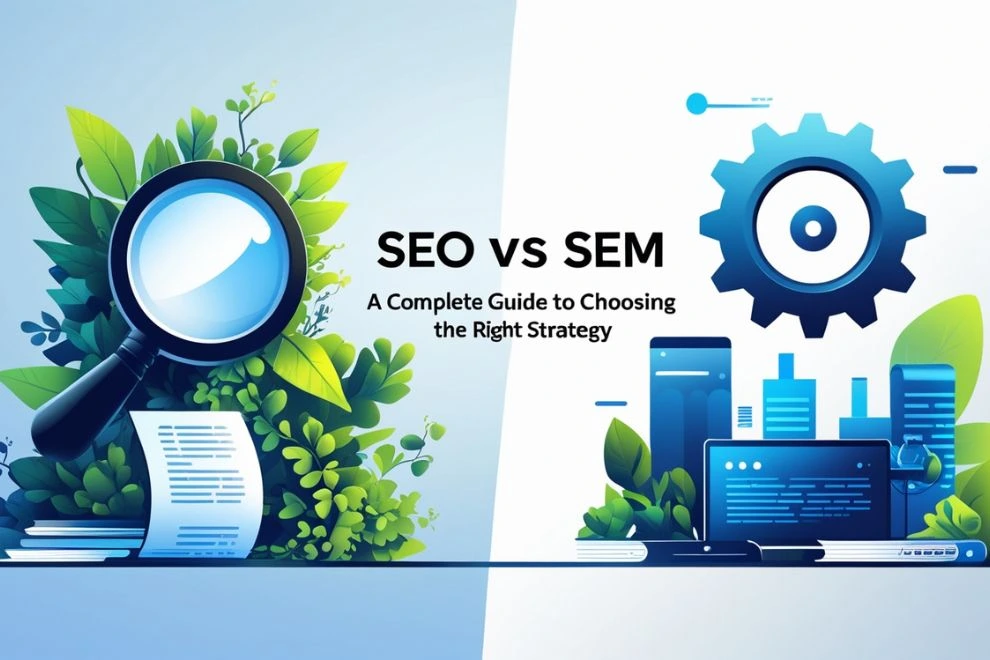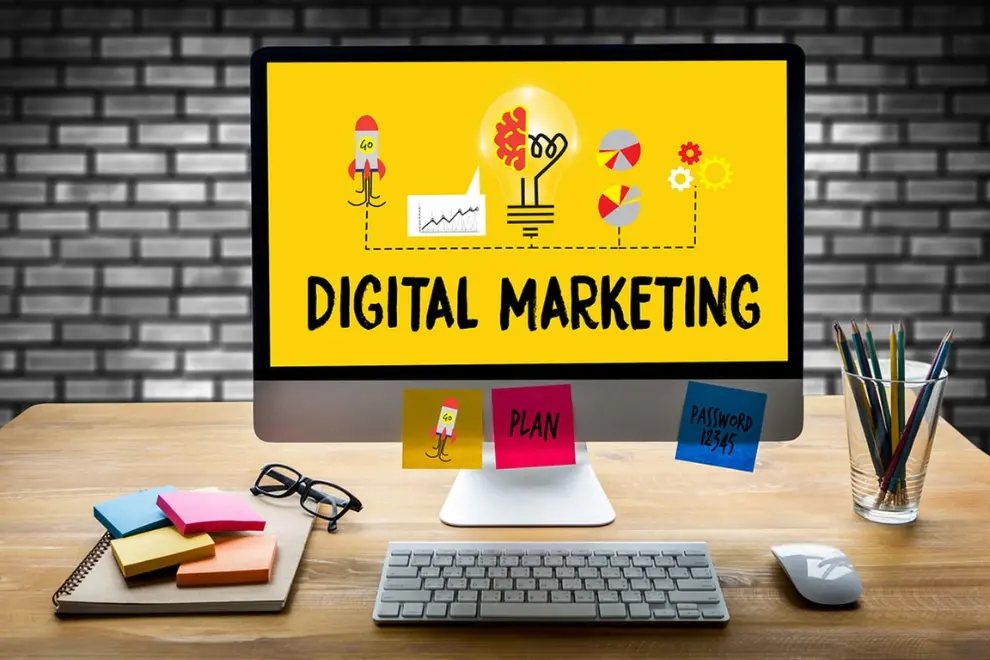In the digital marketing landscape, businesses often find themselves choosing between SEO (Search Engine Optimization) and SEM (Search Engine Marketing) to enhance their online presence. While both strategies aim to increase visibility on search engines, they function differently and cater to different goals. This Complete Guide will help you understand the differences, benefits, and when to use SEO or SEM to maximize your marketing efforts.
What is SEO?
SEO (Search Engine Optimization) is the practice of optimizing a website to improve its organic search rankings on platforms like Google. This strategy focuses on increasing visibility without paid advertising. SEO involves several key components, including:
- On-Page SEO: Optimizing content, meta tags, and keywords to align with search intent.
- Off-Page SEO: Building backlinks and improving domain authority.
- Technical SEO: Enhancing site speed, mobile-friendliness, and indexing.
- Content SEO: Creating valuable, keyword-rich content to attract and retain visitors.
SEO is a long-term investment that builds credibility and sustainable traffic. This Complete Guide emphasizes that while SEO takes time, the results are long-lasting and cost-effective in the long run.
What is SEM?
SEM (Search Engine Marketing) is a broader concept that includes both SEO and paid advertising. However, it is commonly associated with PPC (Pay-Per-Click) campaigns, such as Google Ads. SEM involves:
- Keyword Bidding: Targeting high-intent keywords through paid ads.
- Ad Copy Optimization: Crafting compelling ads to improve click-through rates.
- Landing Page Optimization: Ensuring a seamless user experience to boost conversions.
- Performance Tracking: Analyzing data and adjusting campaigns for maximum ROI.
Unlike SEO, SEM delivers immediate results by placing your website at the top of search engine results pages (SERPs) through paid advertisements. This Complete Guide highlights how SEM can be a great option for businesses seeking quick leads and sales.
SEO vs SEM: Key Differences
To make an informed decision, it is essential to understand the fundamental differences between SEO and SEM. This Complete Guide breaks it down:
| Feature | SEO | SEM |
|---|---|---|
| Cost | Organic, free traffic | Paid traffic (PPC) |
| Speed | Takes time (months) | Immediate results |
| Sustainability | Long-term | Short-term |
| Trust & Credibility | High (earned ranking) | Lower (ads seen as promotional) |
| Click-Through Rate (CTR) | Higher | Lower (due to ad fatigue) |
| Best for | Brand building, authority | Lead generation, sales boost |
When to Choose SEO
This Complete Guide recommends choosing SEO when:
- You have a long-term vision for your online presence.
- You want to build organic traffic and credibility.
- You have time to wait for results (3-6 months).
- You aim to reduce marketing costs over time.
- Your industry has competitive keywords, making PPC expensive.
SEO is particularly beneficial for content-driven businesses, bloggers, and companies looking to establish thought leadership. This Complete Guide stresses that patience is key with SEO.
When to Choose SEM
SEM is a great choice in the following situations:
- You need immediate traffic and results.
- You are launching a new product or service.
- You have a well-defined budget for paid advertising.
- You want to target specific demographics and geolocations.
- You are running seasonal promotions or limited-time offers.
This Complete Guide advises that SEM is best suited for e-commerce businesses, startups, and companies looking to drive quick conversions.
Can You Use SEO and SEM Together?
Absolutely! Many successful businesses use a combination of SEO and SEM to maximize their digital marketing efforts. This Complete Guide suggests the following approach:
- Start with SEM: If you need immediate traffic, use PPC campaigns while working on SEO.
- Invest in SEO: Optimize your website and create high-quality content for long-term growth.
- Analyze Performance: Use data from SEM campaigns to refine SEO strategies.
- Balance Budget: Allocate funds wisely between paid ads and organic efforts.
By integrating both strategies, businesses can achieve short-term gains and long-term success.
Common Mistakes to Avoid
This Complete Guide also highlights common pitfalls in SEO and SEM:
- Ignoring SEO Basics: Many businesses focus on paid ads but neglect on-page and technical SEO.
- Over-Reliance on Paid Ads: Relying solely on SEM can become costly and unsustainable.
- Not Tracking Performance: Both SEO and SEM require continuous monitoring and adjustments.
- Poor Keyword Strategy: Targeting the wrong keywords can waste time and money.
- Lack of Content Strategy: SEO and SEM work best with a strong content foundation.
SEO vs SEM
Choosing between SEO and SEM depends on your business goals, budget, and timeline. This Complete Guide has provided insights into the strengths and weaknesses of both strategies. If you seek long-term growth and credibility, SEO is the way to go. However, if you need instant visibility and leads, SEM is a great option. The best approach often combines both for a balanced digital marketing strategy.
This Complete Guide ensures you make an informed decision to optimize your online presence and drive meaningful results. Whether you choose SEO, SEM, or a mix of both, a well-executed strategy will help you succeed in the ever-evolving digital landscape.


